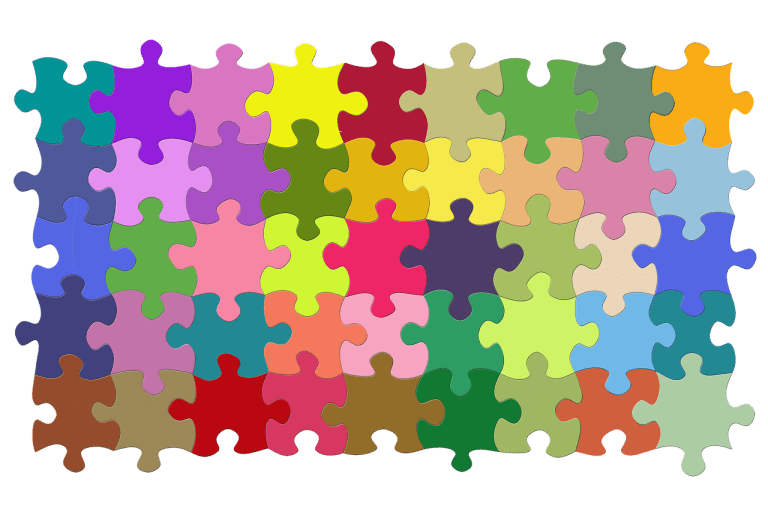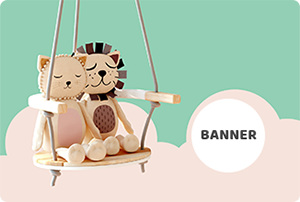
Puzzle Skills
Completing a puzzle can be quite an overwhelming task for some kids at first. Not knowing where to start or feeling like the puzzle pieces just don’t fit into each other is frustrating as is. However these six simple steps can make the activity of completing a puzzle a lot less challenging and a lot more enjoyable!
6 steps for teaching puzzle skills:
- Always have the puzzle pieces facing up for ease of visibility.
- Keep the box with the image of the completed puzzle in front of your child for reference at all times. They can even study the image first before starting the puzzle. Ask them questions about what they see which may help them remember the image better.
- To start, first locate the 4 corner pieces. Your child can feel/look for the two straight edges that meet. You can even allow their finger to touch the pointy tip of the corner. This is important since incorporating a tactile or hands-on component may help children better grasp the concept of distinguishing between the different types of puzzle pieces. Place the corner pieces in their appropriate places using the box as a reference.
- Complete the border by locating all the edge pieces. Edge pieces usually have one straight edge. Have your child feel and look for pieces that have just one straight edge.
- Finally, complete the center by locating the center pieces. Usually, center pieces have ZERO straight edges.
- Have your child group similar center pieces together and have them focus on completing one area of the center at a time. Look at the completed image on the box to make associations (ie. I see that the foot of the man is by the seashell, we should look for the seashell next!).
Important tips from an OT:
*It’s important to find the ‘just right’ challenge for your child when it comes to completing puzzles. If they’re still struggling to complete the puzzle and are starting to grow frustration with the activity, you can choose a puzzle with fewer pieces and/or a puzzle with simple, defined images with obvious contrasts. Having a puzzle that has a lot of blues and greens, for example, may make it difficulty for your child to distinguish between the pieces. Therefore, contrasting colors are important when starting simple. Then, grade up the challenge as you see fit.
For more help on completing puzzles and/or ways to grade up or down the activity (ie. making it less or more challenging) reach out for suggestions by either emailing us or writing in the comment box. We look forward to responding!



